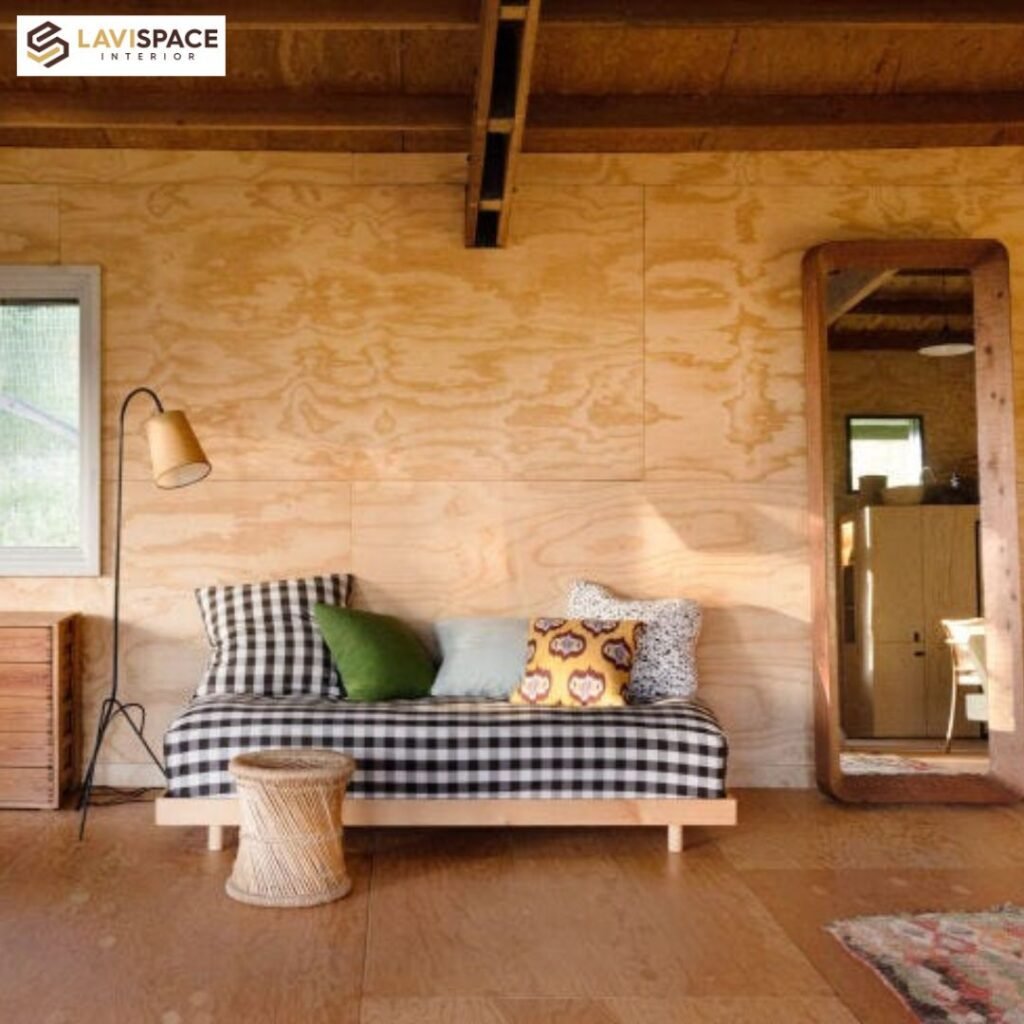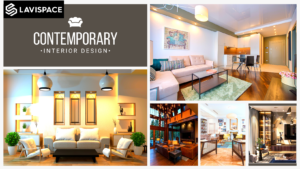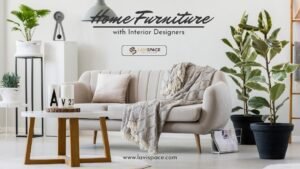We do not need to tell you any more about mid-century modern interior design since everyone admires it for its simple lines, organic shapes, and practical elegance. Originating in the middle of the last century this style remains one of the most attractive for homeowners and decorators. With mid-century modern interior design the past blends seamlessly with the future to create an inviting environment for the modern family – if you are looking to add a bit of retro glamour and cutting-edge style to your home here is how.
Understanding Mid-Century Modern Design
Mid-century modern is derived from the design which was popular in the mid-1900s to the late 60’s during the post-World War II era. It expresses people’s aspiration for simplicity usefulness and unity with nature. Some of the people who are admired during this movement include the designers such as the Eames couple, Nelson, and Saarinen among others whose products are the epitome of this style.

The Most Noteworthy Traits of Mid-Century Modern Style.
- Functionality and Simplicity
Clean lines and minimalism are characteristics of the Scandinavian approach to style. It is the simplicity that is at the core of mid-century modern interior design. Consequently, furniture and decorating items are made using simple geometrical shapes that are not so decorated and over-embellished. It generates order and balance and thus creates an atmosphere of tranquility and simplicity.
- Shapes of nature and other geometric patterns
The style is a mix of organic patterns and geometric shapes. Consider the organic shape of an Eames lounge chair complemented by the geometric lines of a Nelson bench.
- Functionality and Form
Interior design for Mid-century modern pieces is not just focused on appearance but is instead created with a purpose in mind. Each component serves a specific role by Form follows function concept
- Integration with Nature
Features like high windows, more open space, and increased attention to daylighting are often utilized. Densities such as wood and stone are employed to introduce some natural things to interior space.
- Bright Colors and Prints
Some of the most notable trends for women this fall and winter include bright colors and prints on garments. But the most common colors are neutral yet bright and energetic like mustard yellow, aqua, and burnt orange. motifs are typically mathematical or non-figural.

Understanding the use of Mid-Century Modern Interior Design at Home.
- Selecting the right furniture. Furniture is a vital element when it comes to interior design
Buy real originals or good-quality copies of mid-century furniture. Search for legendary pieces, such as Eames’s lounge chair, Saarinen’s tulip table, or a Noguchi coffee table. These pieces not only make a fashion statement but are also pieces you can rely on for years to come.
- Embrace Open Spaces
The lack of partition walls is another signature feature of mid-century moderns. In cases where it is possible to have walls that separate different areas in the home demolished to bring about an open feel. Consider using rugs or furniture pieces to divide spaces without blocking them off entirely.
- Incorporate Natural Materials
Wood is found at the heart of mid-century modern design. Choose furniture and finishes made of walnut, teak, or oak materials. d these with some stone elements and sufficient lighting to make the atmosphere warm and inviting.
- Add Color Wisely
Choose bold colors only when they are to form focal points. An orange sofa, colorful painting, or wall lined with bright paint, can bring an ideal color accent into the room without overdoing it.
- Focus on Lighting
Lighting has a significant function in a mid-century modern style. Use a variety of floor lamps, pendent lights, and wall sconces. Opt for geometric and fluid patterns mainly in the classical forms of Sputnik chandeliers
- Accessorize Thoughtfully
Select accessories that can enrich the overall look. Consider it as geometrical vases, abstract paintings, and minimal wall clocks. Do not use décor that can add more clutter and contrast to the style’s clean lines.
Conclusion
The modern interior design for the mid-century has the right mix of functionality and aesthetics. Its uniqueness and relevance to date are in its natural Mid-century modern interior design peculiarity and rationality of form and functional connections. It is possible to use these principles in the decoration of the house to have a beautiful and comfortable dwelling place. If you are already a fan of the mid-century-modern style or just want to learn how to decorate your house in this very matter then the abovementioned tips will come in handy. Live in the comfort and style of a modern household while deriving inspiration from the beautiful architecture of the past with mid-century interior design




